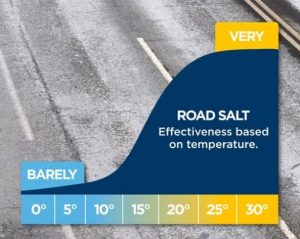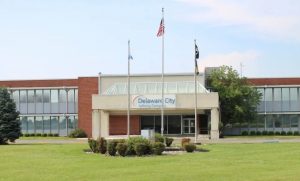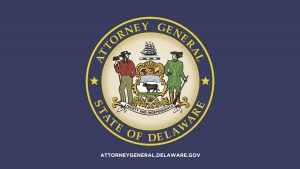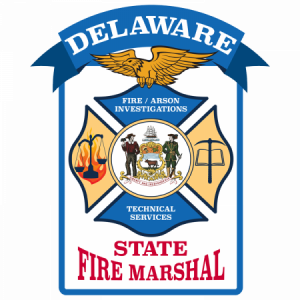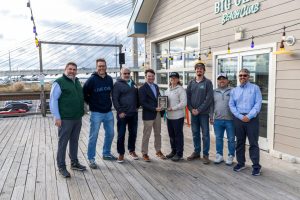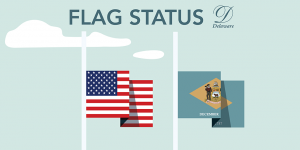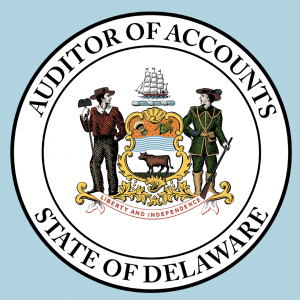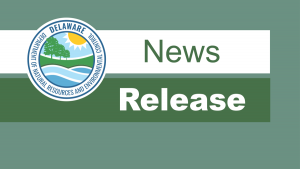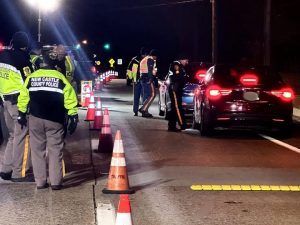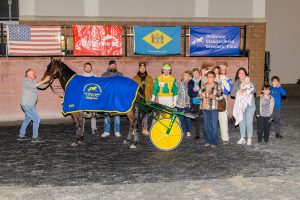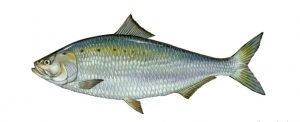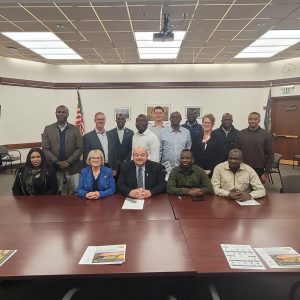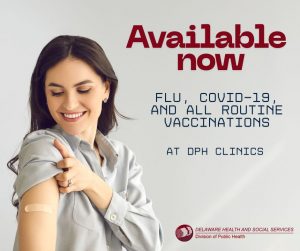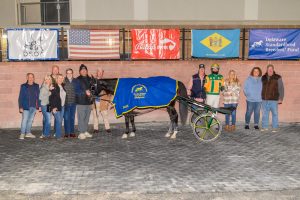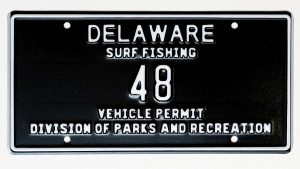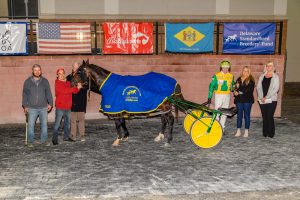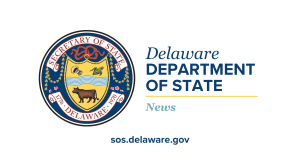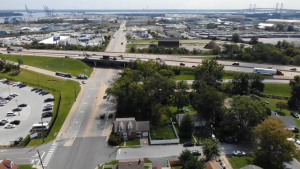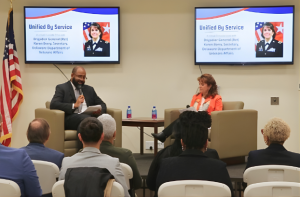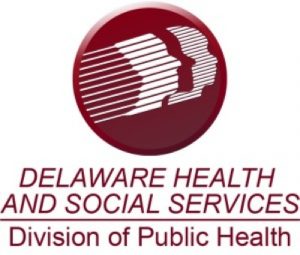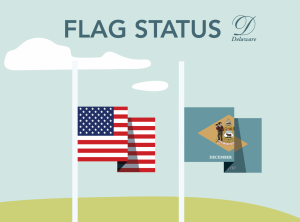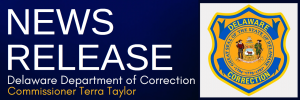LEWES – The first piping plover nest of the season at Cape Henlopen State Park’s Gordons Pond has been discovered by DNREC beach-nesting bird monitors Kevin Bronson and Taylor Klecan, according to their supervisor, Division of Fish & Wildlife biologist Matthew Bailey with DNREC’s Species Conservation and Research Program.
“The news is especially exciting this year because the storms that hit the beaches over the winter carved out lots of new plover habitat at Gordons Pond,” Bailey said. “This may lead to greater nesting success both this year and in coming years.”
To minimize disturbances to the tiny endangered shorebirds, a half-mile stretch of beach between the Observation Towers and the Herring Point dune crossover will be closed to the public beginning Monday, June 13 – with signs, twine and PVC stakes to mark the area.
“Closing off plover nesting areas is an established protocol every year at Cape Henlopen, and this closing is in the typical area that beachgoers are accustomed to,” said Bailey, who serves as coordinator of the Division of Fish & Wildlife’s Piping Plover Protection Program. “The area will remain closed until the last of our plover chicks are fledged, usually in late August.”
For more information on piping plovers and DNREC volunteer opportunities for monitoring them, please contact Matt Bailey, Division of Fish & Wildlife, at 302-382-4151 or email matthew.bailey@delaware.gov.
About the piping plover
The piping plover was listed as threatened under the federal Endangered Species Act (ESA) in 1986, and the Division of Fish and Wildlife is responsible for its protection in Delaware. Under a binding agreement and species management plan that DNREC made in 1990 with the U.S. Fish and Wildlife Service (USFWS) – the federal agency with oversight of this ESA-protected species – piping plover nesting areas at Cape Henlopen State Park are closed annually to the public to protect the shorebirds from disturbance during their nesting season from March into September. The closure, which includes the Point and smaller areas around Gordons Pond and with both feeding habitat and nesting areas protected, has been successful, increasing the number of piping plover nesting pairs from a low of two pairs to a high of nine pairs. Piping plovers feed on small invertebrates that inhabit the intertidal zone near their nesting territories. Chicks are not fed by their parents, but rather are led to the shoreline to forage while the adults keep watch for potential threats. Allowing pedestrian traffic in the intertidal zone adjoining nesting areas would disturb the vital link between nesting and foraging habitat, and risks adverse stress or mortality to the chicks.
Media Contacts: Joanna Wilson or Beth Shockley, DNREC Public Affairs, 302-739-9902
Vol. 46, No. 215


